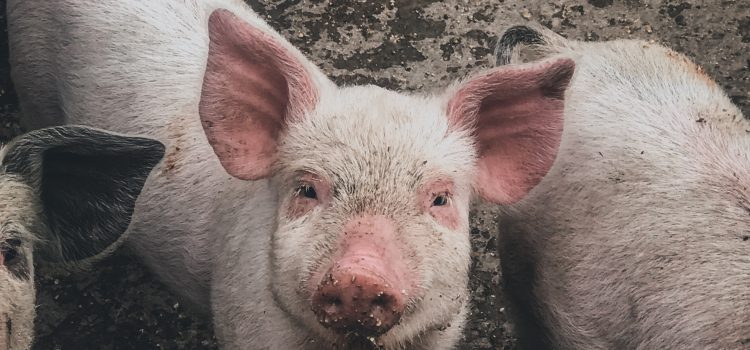
I am excited to delve into the fascinating world of pigs. These intelligent and adaptable animals have captured the curiosity and admiration of humans for centuries. From their remarkable biology and behaviors to their cultural significance and conservation efforts, this comprehensive guide will shed light on the multifaceted world of pigs.
Biology and Behaviors of Pigs
Pigs, scientifically known as Sus scrofa, belong to the family Suidae and are native to many parts of the world, including Europe, Asia, Africa, and the Americas. They are large, hoofed mammals with a stocky build, bristly hair, and a distinctive snout used for rooting in the ground. Pigs exhibit a wide range of behaviors that are both intriguing and complex.
One of the most remarkable features of pigs is their intelligence. They are highly adaptable and have excellent memory and problem-solving skills. Studies have shown that pigs are capable of learning complex tasks, using tools, and exhibiting social behaviors such as cooperation and communication. Pigs also have a keen sense of smell, which they use for foraging and locating food.
Pigs are known for their diverse feeding habits. They are omnivorous, meaning they consume both plant-based and animal-based food. In the wild, pigs forage for a variety of food including roots, fruits, insects, and small vertebrates. Domesticated pigs, commonly referred to as swine, are also raised for their meat, and pig farming is a significant industry worldwide.
Cultural Significance of Pigs
Pigs have played a significant role in human cultures throughout history. They have been revered as sacred animals, used in religious rituals, and featured in folklore, art, and literature. Pigs have also been domesticated and raised for their meat, milk, and other products in many societies, providing a critical source of food and livelihood for communities.
In some cultures, pigs are considered symbols of wealth and prosperity. For example, in Chinese culture, the pig is one of the 12 zodiac animals and is associated with good fortune and abundance. Pigs have also been used as symbols of fertility, luck, and wisdom in various cultures around the world.
Conservation Efforts for Pigs
Despite their cultural significance and ecological importance, some pig species face conservation challenges. Wild boars, for instance, are considered invasive species in some areas where their populations have been introduced, leading to conflicts with native wildlife and ecosystems. Conservation efforts are being undertaken to manage wild boar populations through strategies such as hunting, trapping, and habitat management.
On the other hand, some pig species, such as the Visayan warty pig and the Javan warty pig, are classified as endangered or critically endangered by the International Union for Conservation of Nature (IUCN). These species face threats from habitat loss, hunting, and other human activities. Conservation organizations and government agencies are working to protect and conserve these pig species through habitat restoration, anti-poaching efforts, and community engagement.
Research Techniques and Sources
As a journalist, it is essential to use reliable research techniques and sources to ensure accurate reporting. When reporting on the fascinating world of pigs, it is crucial to verify information from reputable scientific journals, conservation organizations, and experts in the field of wildlife biology and conservation.
Verifying information can be done through fact-checking, cross-referencing multiple sources, and interviewing experts. Interviewing scientists, researchers, and conservationists who have expertise in pig biology, behavior, and conservation can provide valuable insights and ensure accurate reporting.
Adhering to Journalistic Ethics
As a journalist, it is essential to adhere to journalistic ethics, including accuracy, fairness, and impartiality










